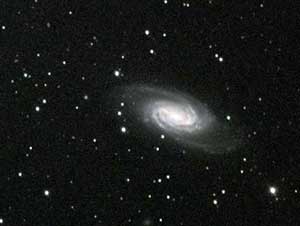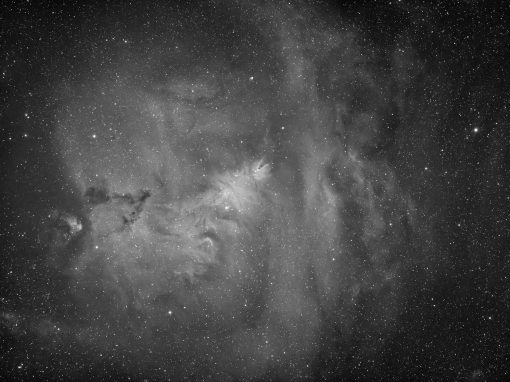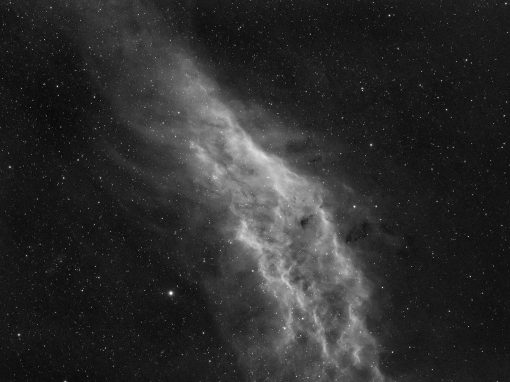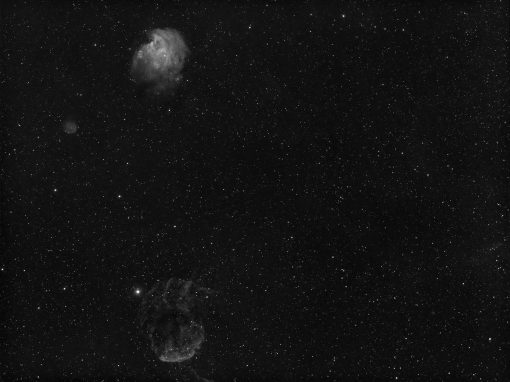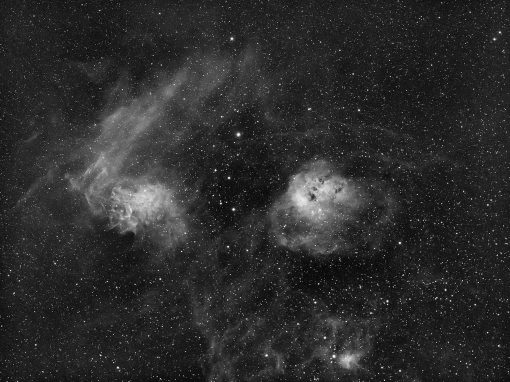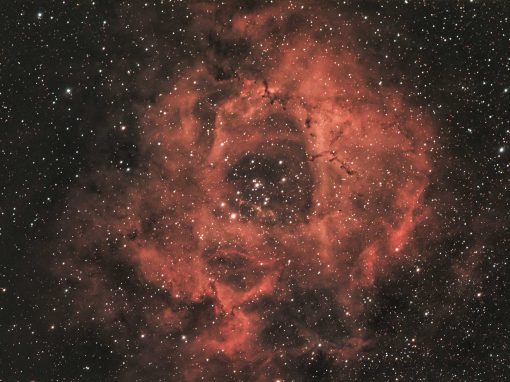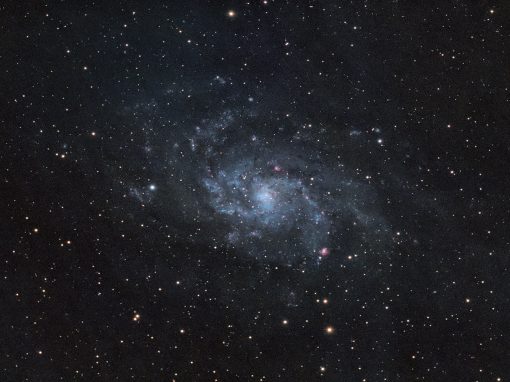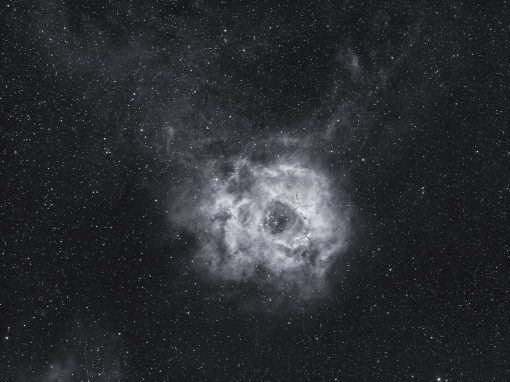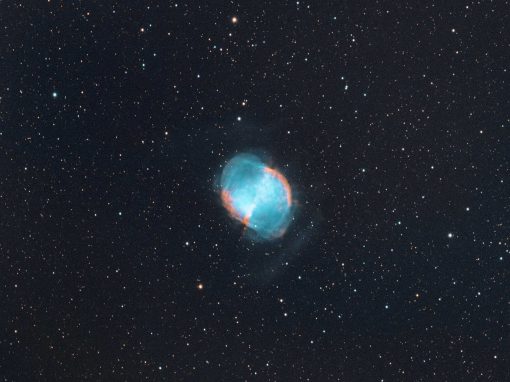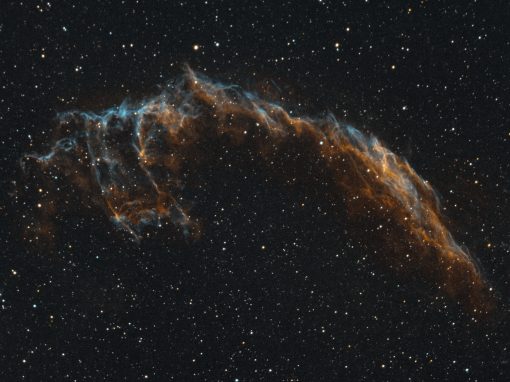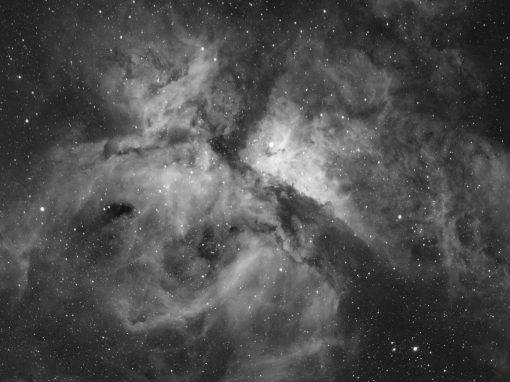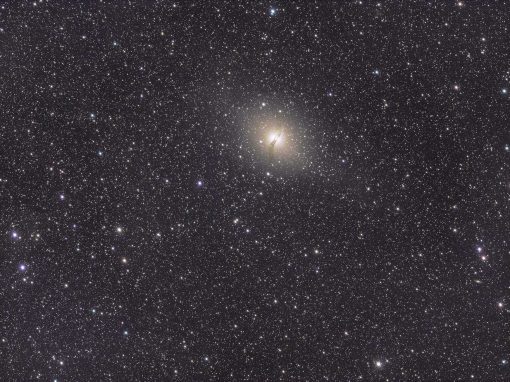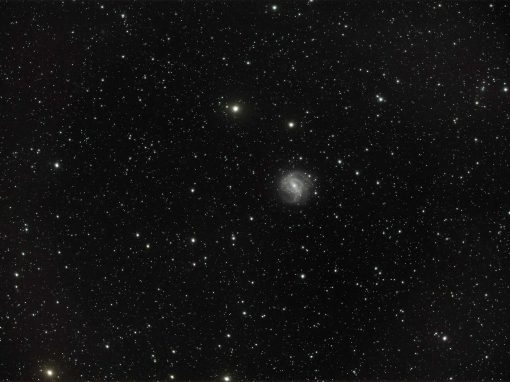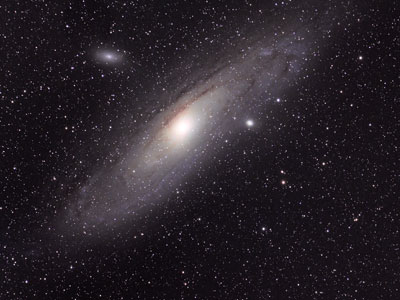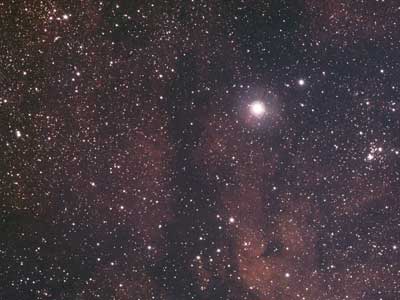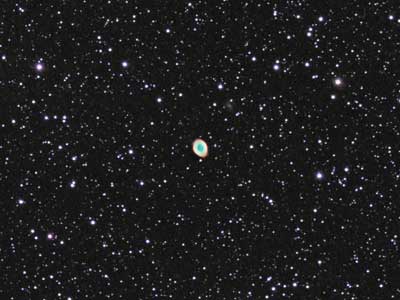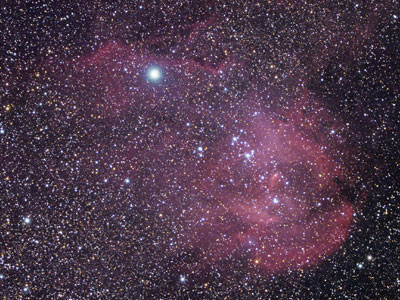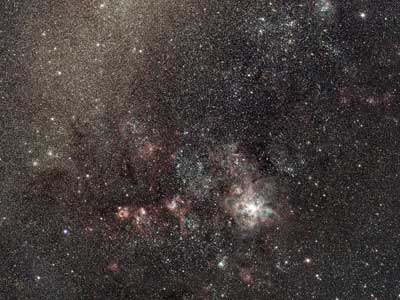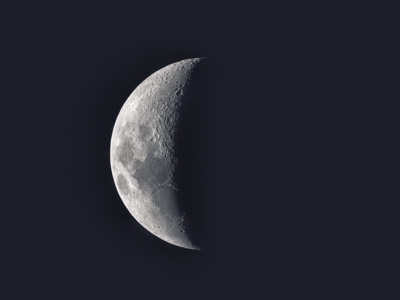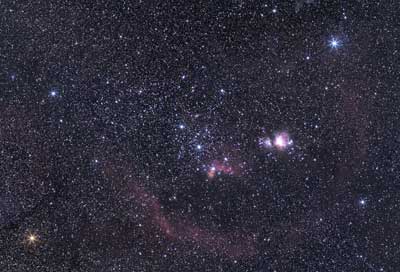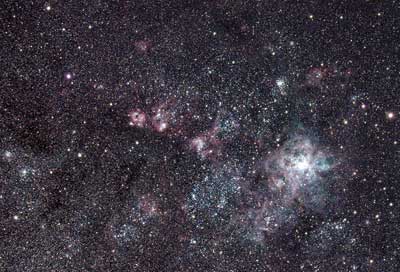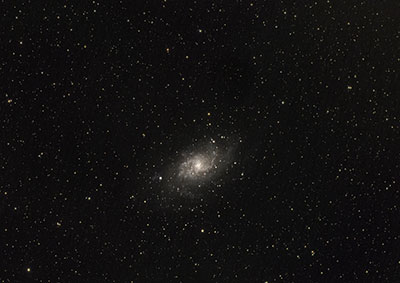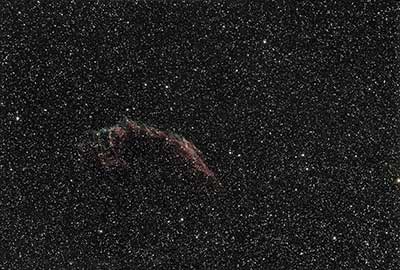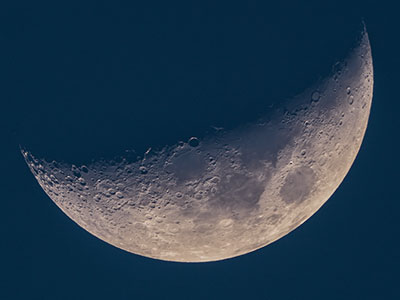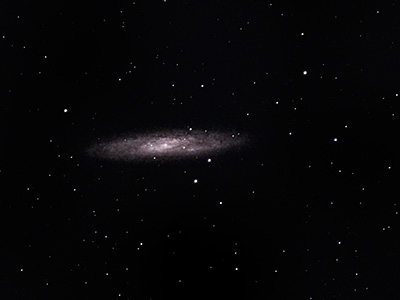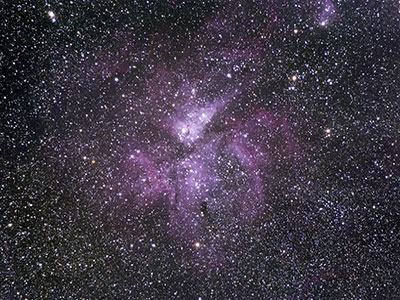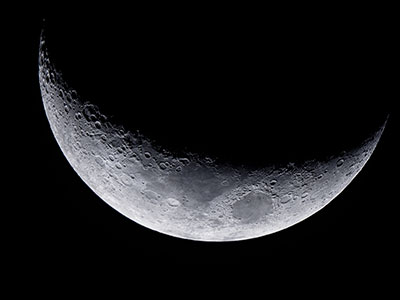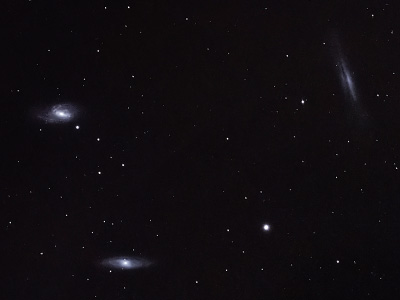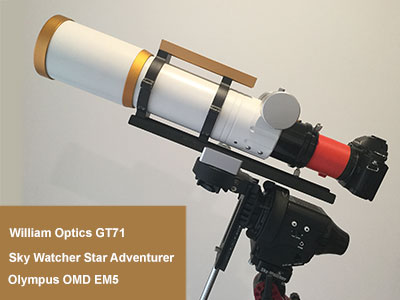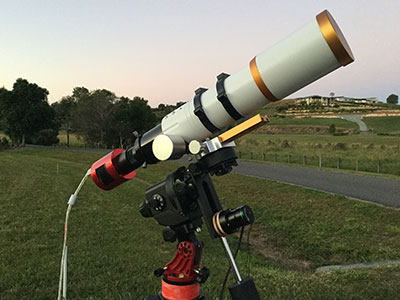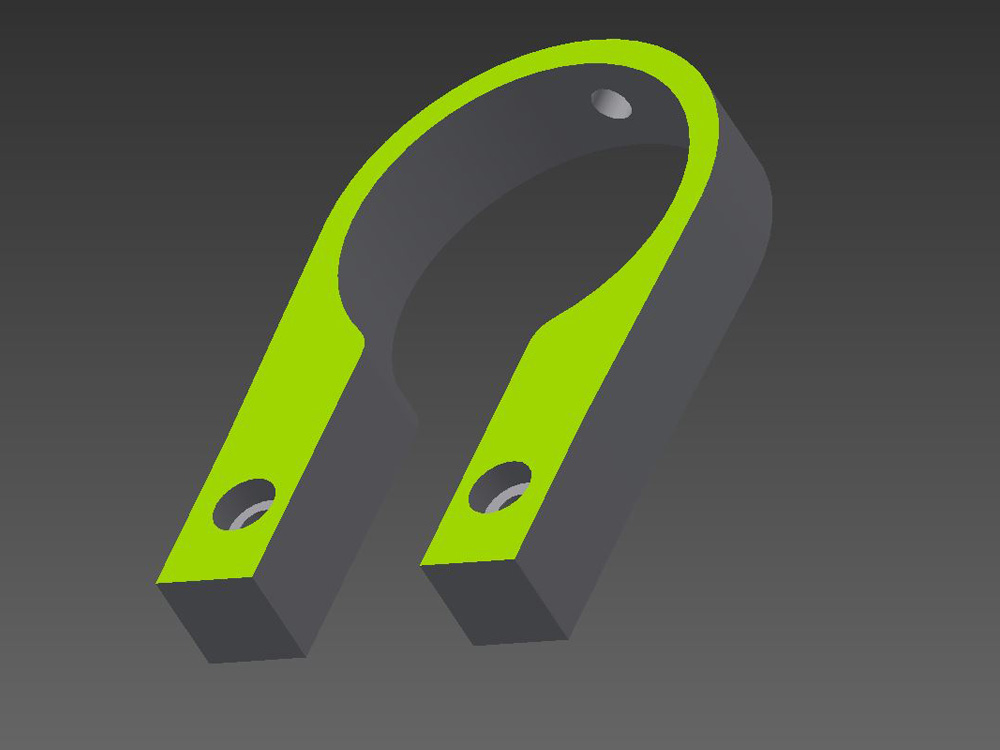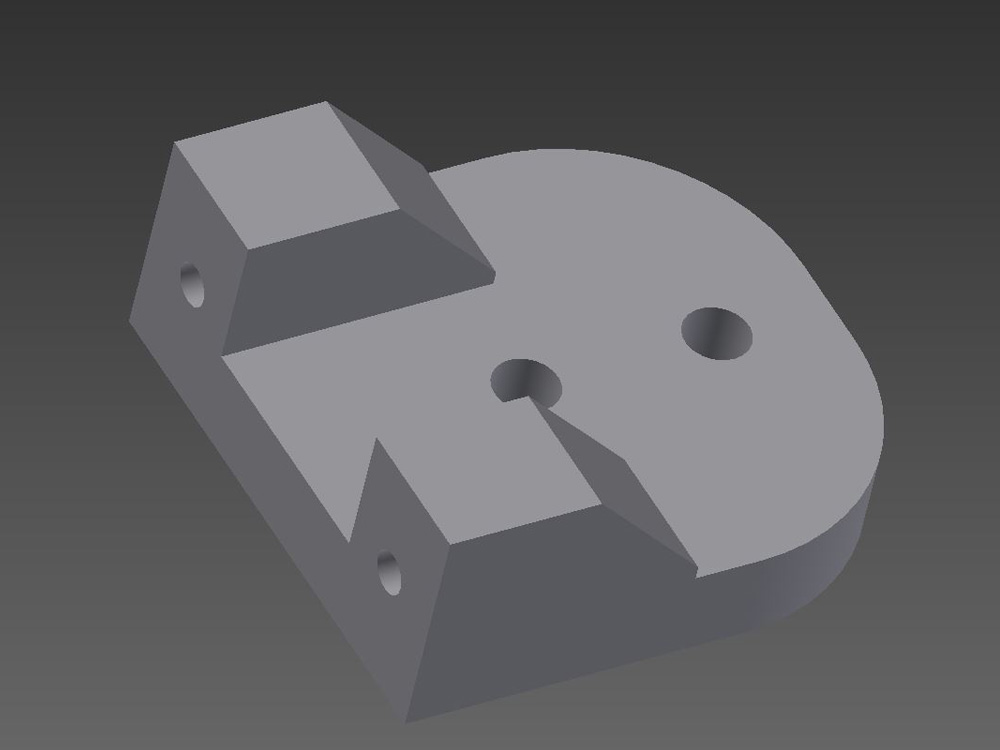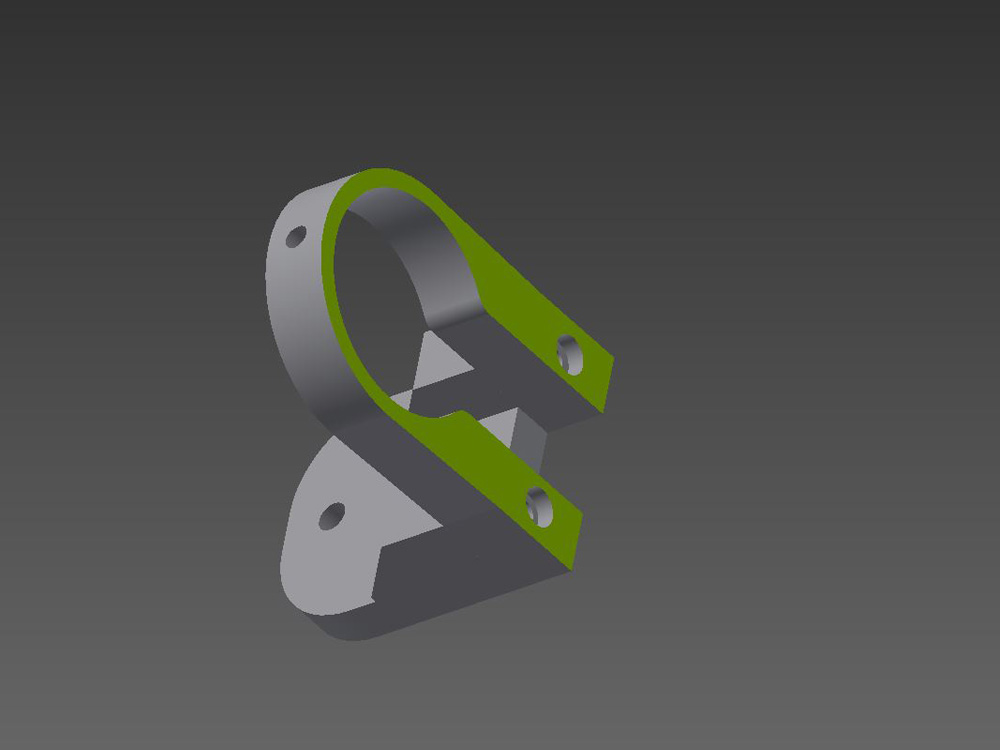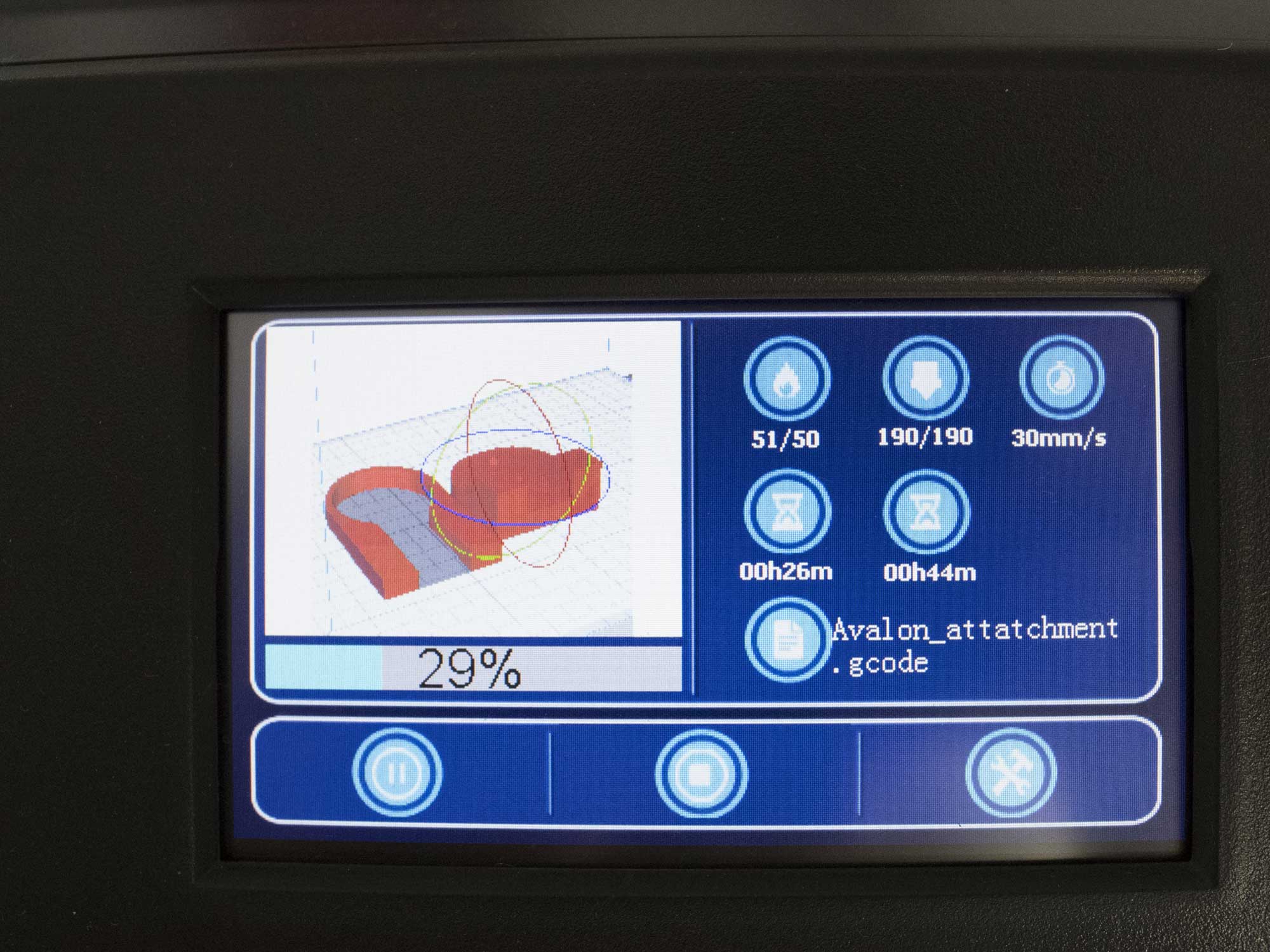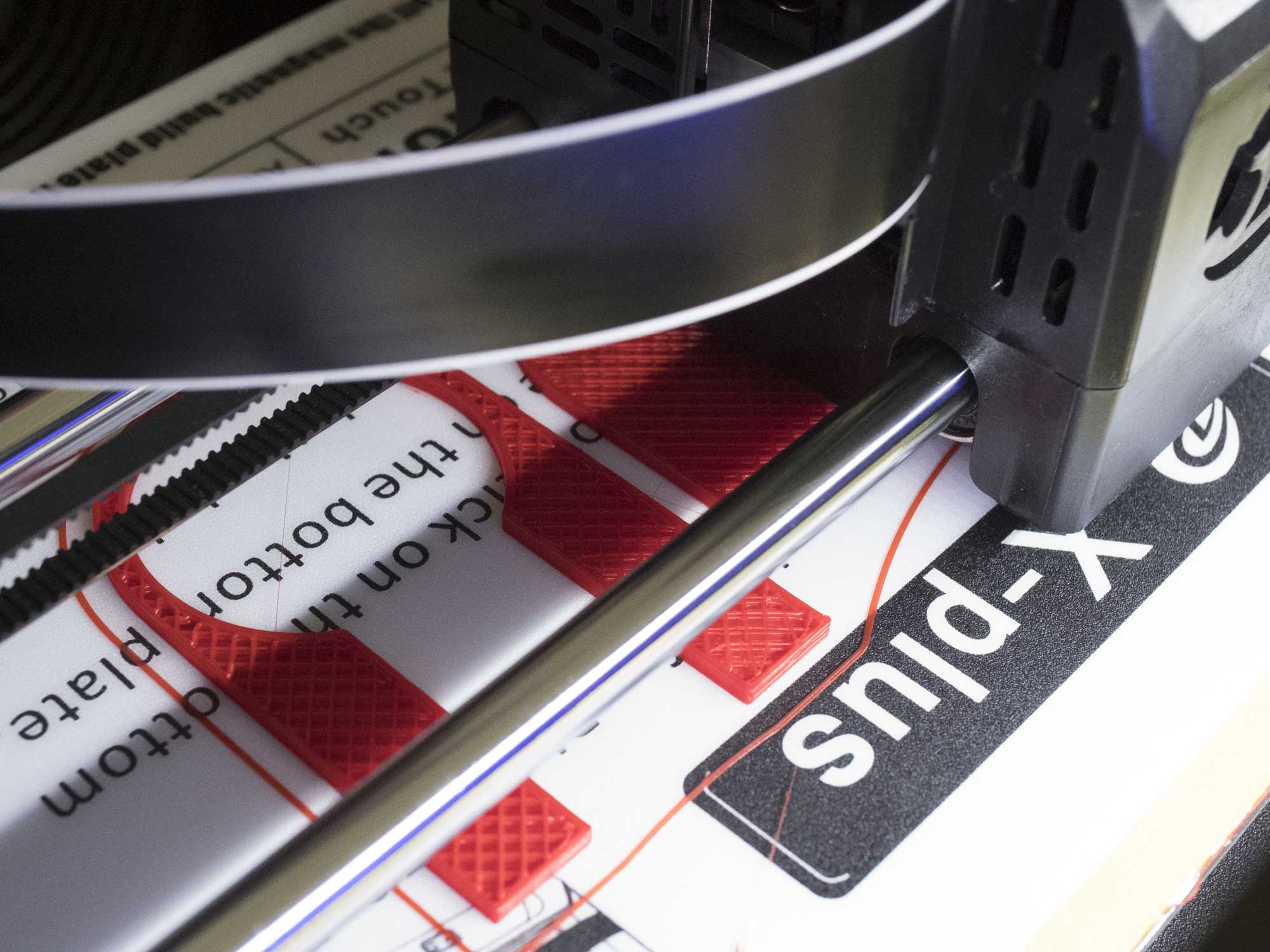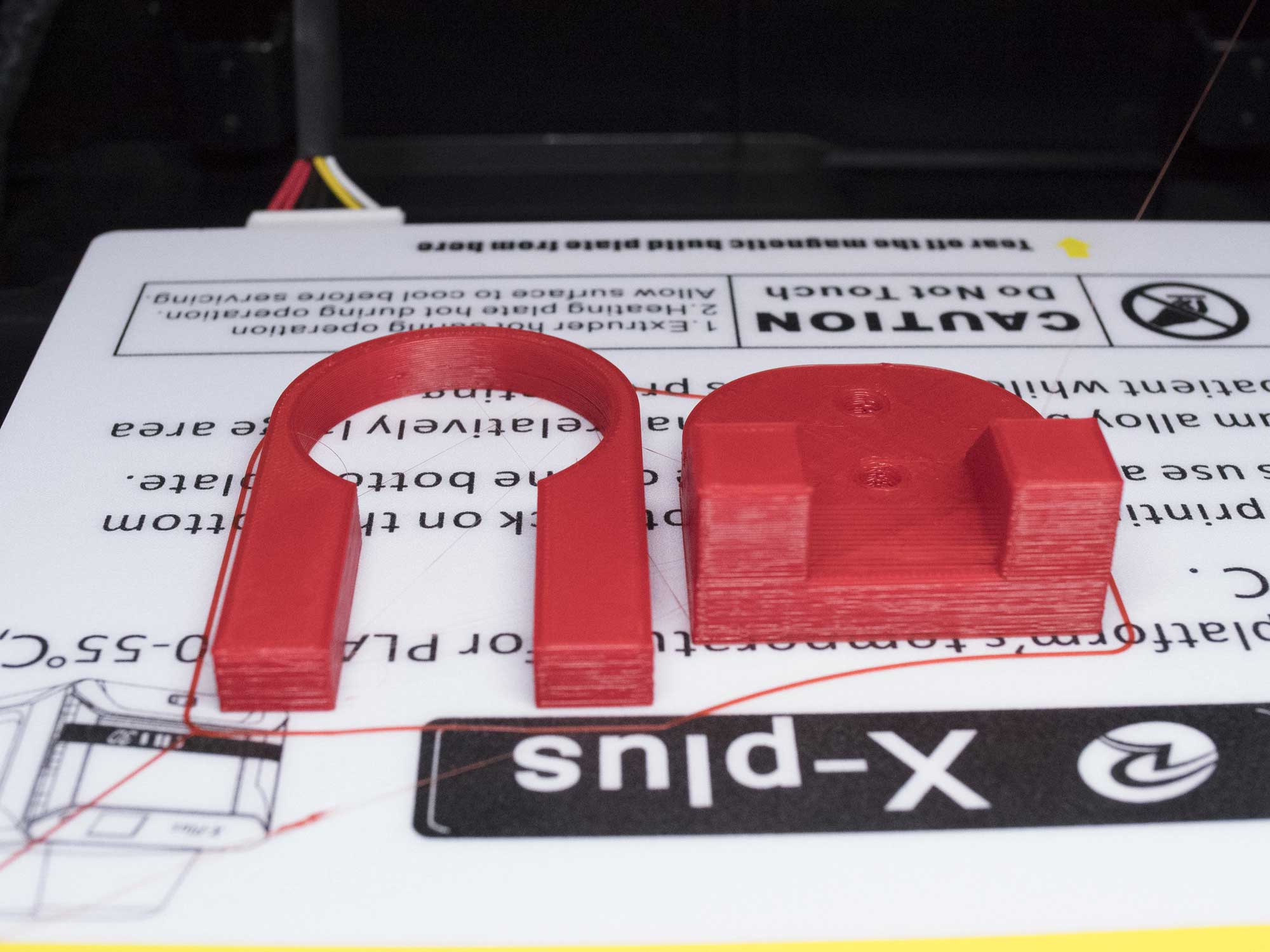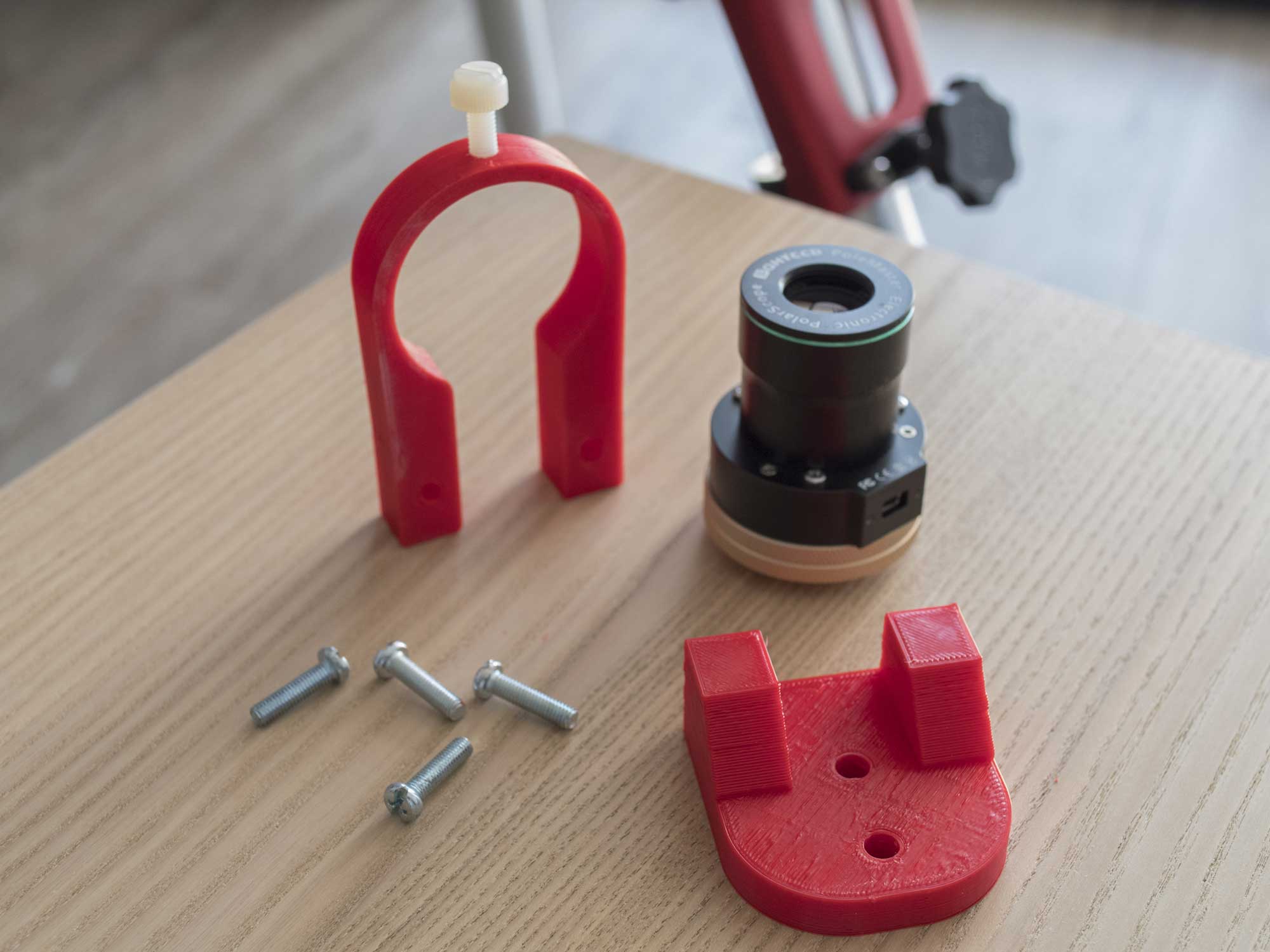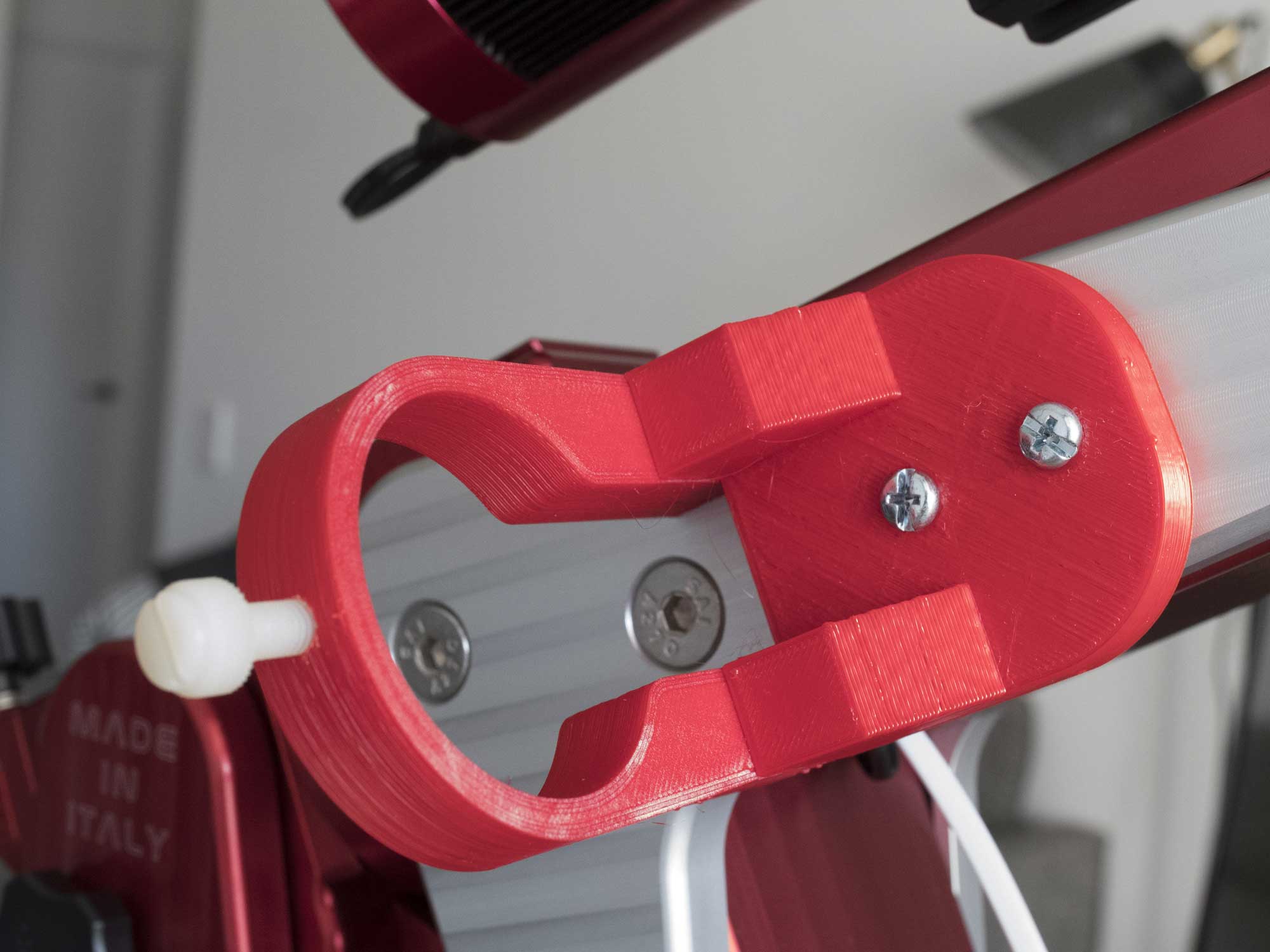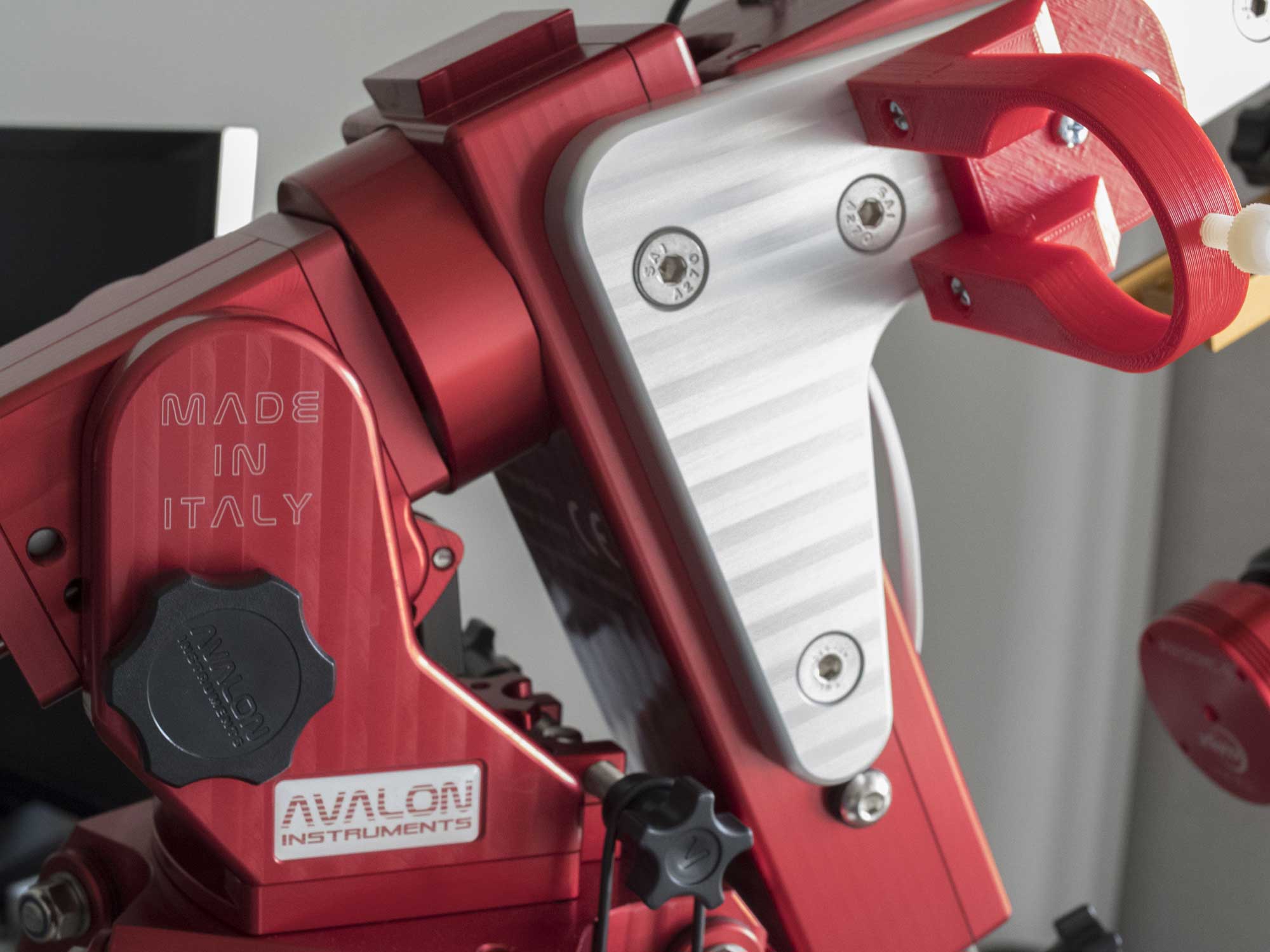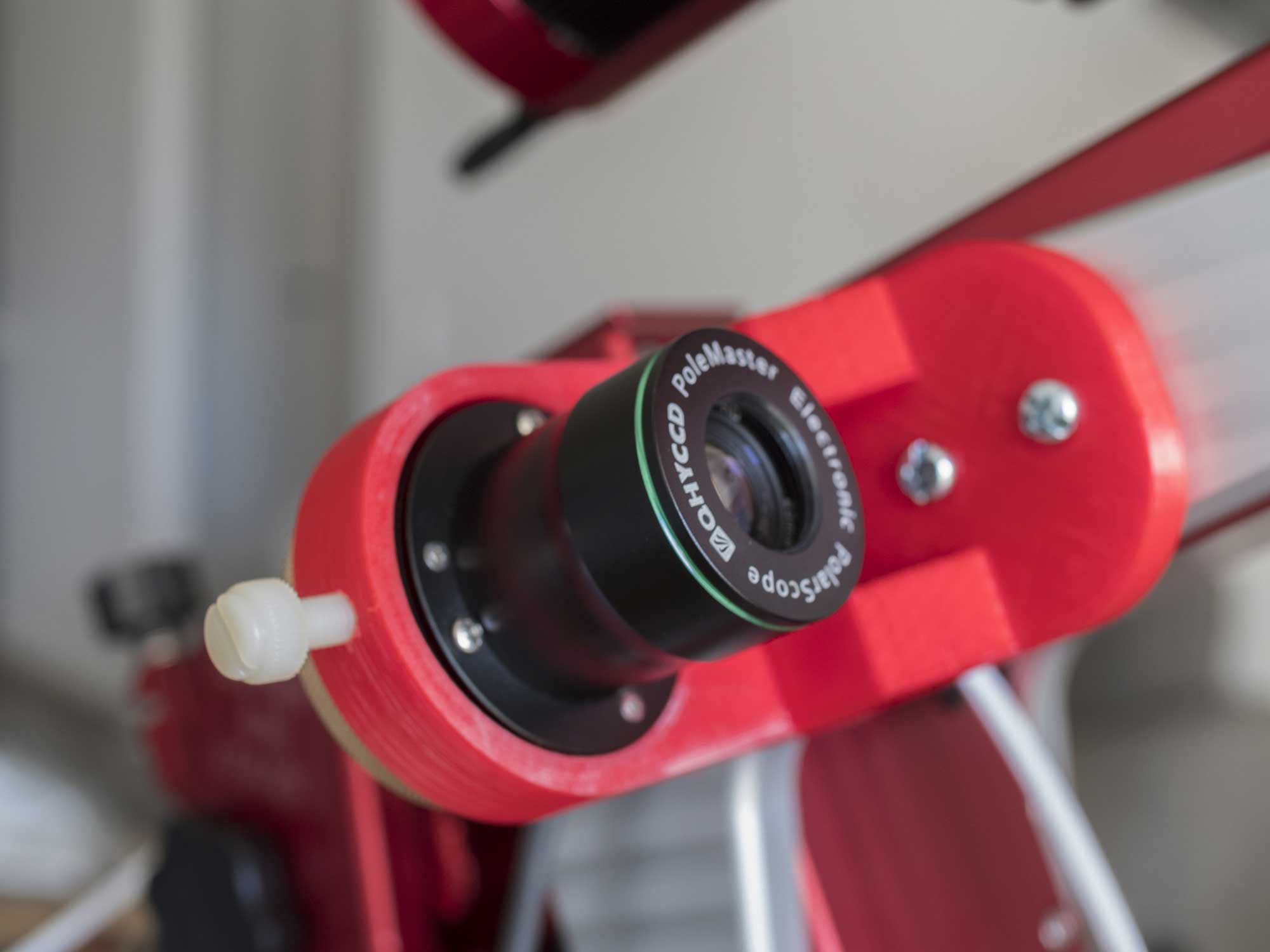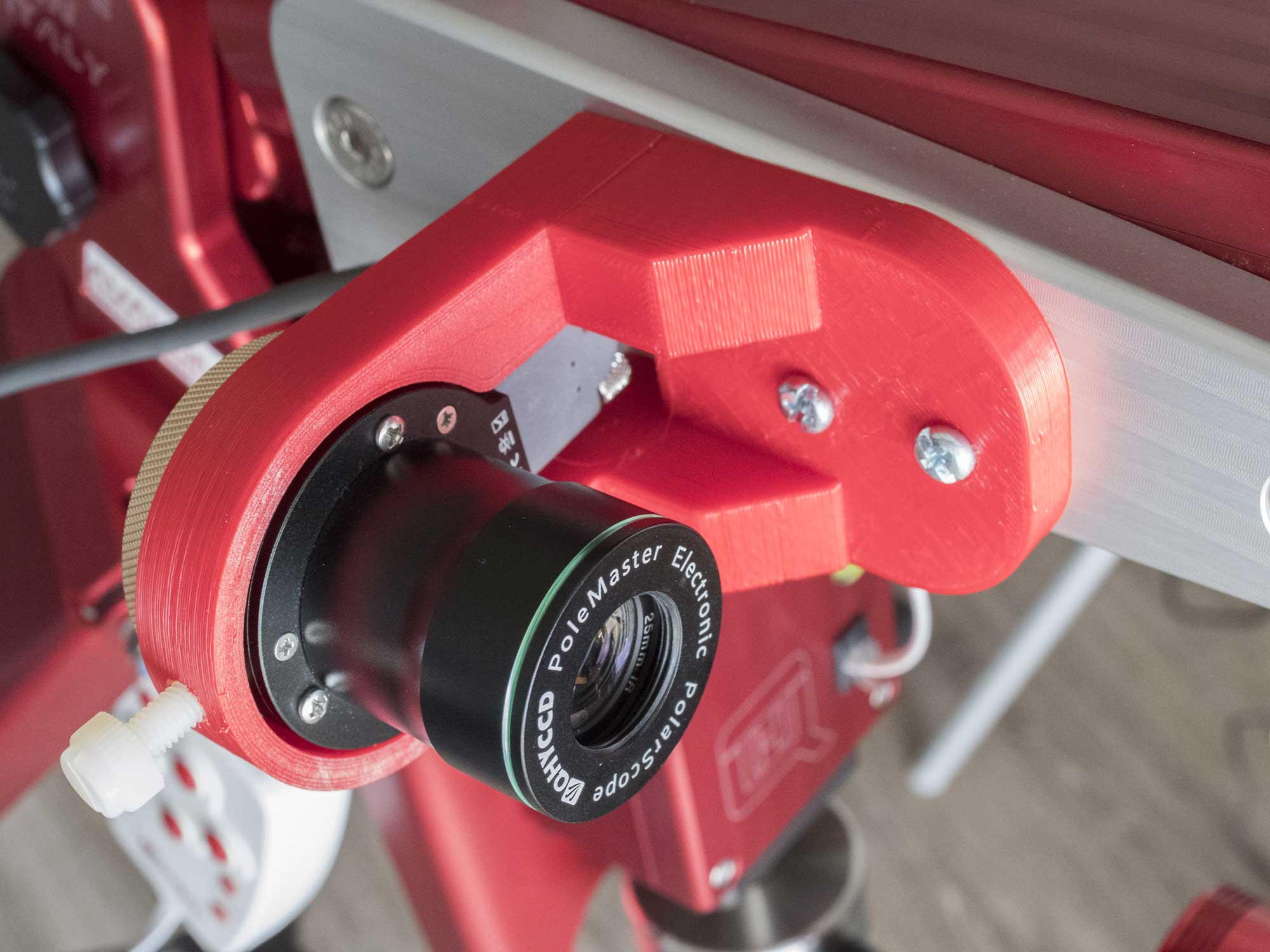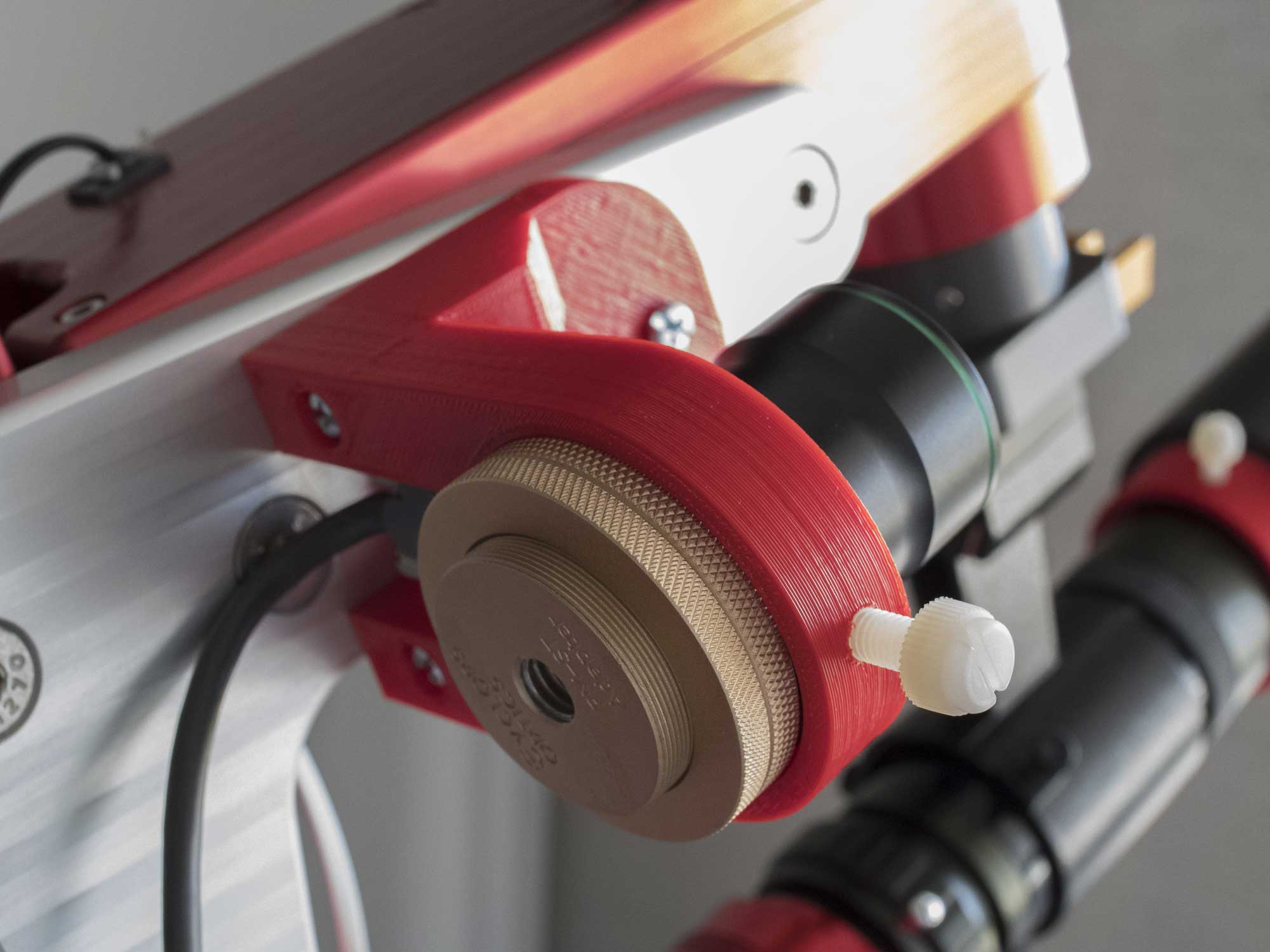Fabricate a PoleMaster to M-Zero adapter
The PoleMaster is a dedicated polar alignment device/camera from QHYCCD. I have been using it since it first came out and is one of the best astrophotography purchases I have made. Ease of use and polar alignment between 5-7 minutes are the selling points for me. The PoleMaster is the first choice for polar alignment for both my Star Adventurer and CEM40 mount. However when imaging/controlling the CEM40 using the ASIair, I tend to use its polar alignment routine as it is just as straightforward and fast. With the Avalon Instruments M-Zero mount added to my astrophotography gear, it was time to fire up the CAD software, get the QIDI X-Pus 3D printer ready and fabricate an adapter to attach the PoleMaster to the M-Zero.
CAD – Design for 3D printing in parts
The PoleMaster to M-Zero adapter was designed in two separate parts with the idea of gluing/bolting the two 3D printed pieces together. Any design flaws, for example an incorrect measurement of the hole location in the printed M-Zero attachment part requiring only it to reprinted.
CAM – 3D printing with the QIDI X-Plus printer
Using the QIDI printer was straightforward with default settings for PLA filament selected. Print time was little over 2 hours. In the first version, the two parts were glued together. A second version was then designed with bolt holes to attach the two individual 3D printed parts.
Attaching to the M-Zero mount
The M-Zero mount has pre–tapped holes on the RA arm to attached third party polar alignment devices. Once the weather clears and the clouds blow over, the next step is to take the M-Zero to a local park where the South Celestial Pole is visible and see how well the adapter works with the PoleMaster and the M-Zero.
Living in a north facing balcony in Queensland has its rewards such as warm winter morning sun but the downside is no South Celestial Pole is visible. Currently I am forced to do an analogue polar alignment, that is using a compass and a level to get close to PA. I then resort to drift alignment in PHD2 and although it is very accurate, it is slow and tedious.
Recent Images
